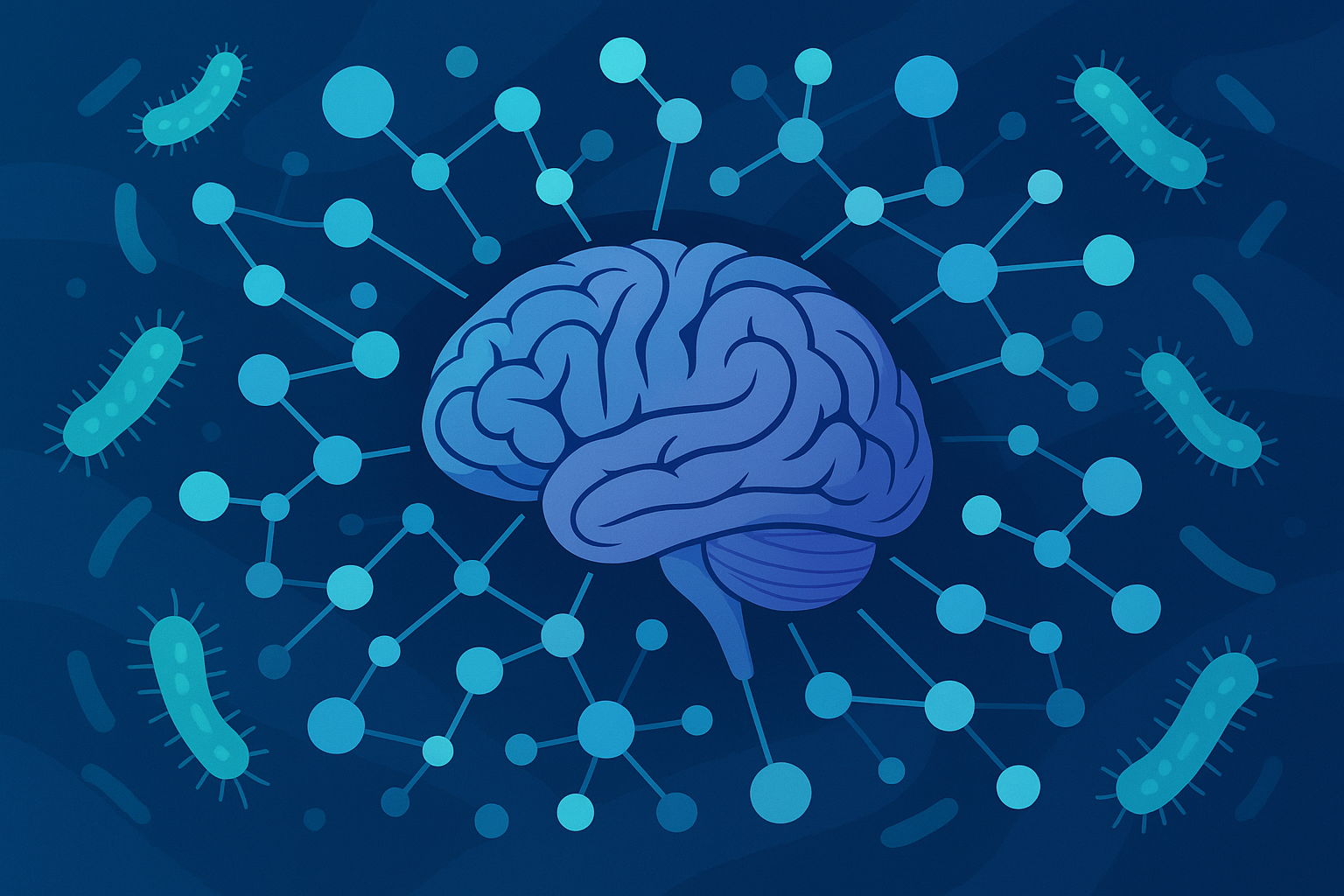
Gut Microbiome AI Analysis Reveals Hidden Bacterial Communication
Gut microbiome AI analysis reveals the complex ways gut bacteria influence human health, from digestion to immunity and mental wellbeing. Researchers have struggled to map these interactions due to the vast number of bacterial species and their chemical interplay. A new AI approach offers unprecedented insights into how specific bacteria produce metabolites that impact metabolism, immunity, and even brain function.
Mapping Bacterial Influence on Metabolites
The human gut hosts around 100 trillion bacterial cells, outnumbering human cells in the body. These bacteria generate thousands of metabolites—chemical signals that circulate in the body and regulate essential functions. Understanding which bacteria produce particular metabolites could revolutionize personalized health strategies.
Tung Dang, a researcher at the University of Tokyo, explains: “By mapping bacterial-metabolite relationships, we can identify bacteria that boost beneficial metabolites. This could lead to targeted therapies or dietary interventions tailored to each individual.”
AI Tools: Bayesian Neural Networks in Microbiome Research
The team developed VBayesMM, a Bayesian neural network designed to detect bacteria that significantly influence metabolites. Unlike traditional methods, it accounts for uncertainty in predictions, reducing false leads. Tests on datasets from sleep disorders, obesity, and cancer confirmed its ability to identify biologically relevant bacterial families.
VBayesMM allows researchers to see not only correlations but also the confidence of predictions. It can process large-scale data efficiently, though computational demands remain high. The system performs best with abundant bacterial data and currently treats bacteria as independent actors, though real bacterial networks are interdependent.
Challenges and Future Directions
Researchers plan to expand chemical datasets to capture the full spectrum of bacterial products, despite difficulties in distinguishing bacterial versus dietary or human-derived metabolites. Incorporating bacterial phylogeny could improve prediction accuracy. Future goals include reducing computation time and translating these insights into practical therapies that target specific bacteria or metabolites for disease prevention and health enhancement.
Conclusion: Toward Personalized Microbiome Medicine
Gut microbiome AI analysis is bridging the gap between complex microbial ecosystems and human health. By accurately linking bacteria to their metabolites, researchers move closer to personalized treatments, dietary strategies, and preventive interventions. Understanding this hidden microbial communication promises a new era of precision medicine.
Also read: Artificial Neurons: The Future of Brain-Like AI Hardware.




